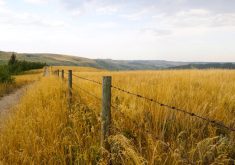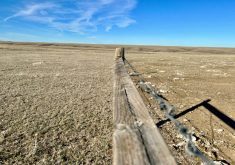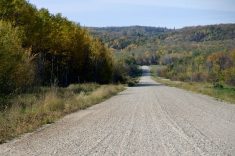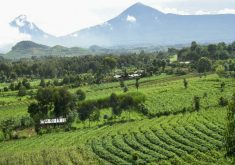The International Energy Agency’s (IEA) widely publicized report on reducing greenhouse gas emissions to achieve global targets further bolsters the case more needs to be done in agriculture to combat climate change.
Producers, as the report notes, can’t be excluded from that effort.
Released this month, the report lists 400 actions that will need to be taken to reach net-zero emissions by 2050.
In broad terms, greenhouse gases from all sources have to drop to achieve these targets.
Read Also

OPINION: Immigration policy needs labour gap nuance
A federally imposed, one-size-fits-all immigration crackdown fails when it comes to Canada’s regional labour needs.
Already experts and environmentalists are warning the international community and individual countries, including Canada, are failing to match rhetoric with actions.
The recommendation that got the most attention, rightfully so in Canada, was the call to end new investments in coal mines as well as in oil and gas wells.
Other calls of note involved eliminating the internal combustion engine from passenger vehicles by 2035 and significantly increasing the deployment of wind and solar energy.
Taken as a whole, the report is yet another glass of cold water being thrown at anyone still sleeping on the serious efforts needed.
Of course, agriculture has a role to play in the fight, and the authors of the report know it.
Agriculture is a distant second, but still second, to the energy sector in accounting for the world’s total GHG emissions.
Increasing soil carbon levels, the report’s authors say, is one way to limit emissions.
In March, Canada began drafting regulations for a carbon market that would involve offset credit for “enhanced soil organic carbon.”
Protocols for this will look at the “adoption of sustainable agricultural land management activities to reduce emissions and enhance carbon sequestration in soils.”
It is a good sign Canada is already developing these protocols, but the efforts cannot stop here.
The IEA says non-CO2 emissions from livestock, along with other agricultural emissions, “might be more difficult to mitigate given the link between livestock production and nitrous oxide and methane emissions.”
Technological developments, including changes to animal feed, could, the authors say, help reduce emissions — but still, “it may be necessary to use afforestation to offset these emissions entirely.”
Another way to offset those emissions suggested by the authors?
Reducing demand for livestock products.
The IEA doesn’t suggest people stop eating meat, however.
Instead, it suggest reducing meat consumption in households with the highest levels of per capita consumption to the global average level of consumption would reduce GHG emissions significantly, more so if there is an expected, corresponding, drop in the amount of feed and pasture used.
Here, too, there is already some work being done in Canada.
It’s expected the carbon market will allow credit to be gained from livestock feed management, avoiding grassland conversion and managing manure.
While much of the attention in the report was paid to its implications on the energy sector, the consequences of fighting climate change are equally as real for those in agriculture.
Drastic actions will need to take place within the industry.
The protocols being developed for the carbon market, and the investments made by Canada in its recent budget, are a good start — but efforts to beat climate change will continue to hinge on the world’s ability to react accordingly to reports such as this one.
















